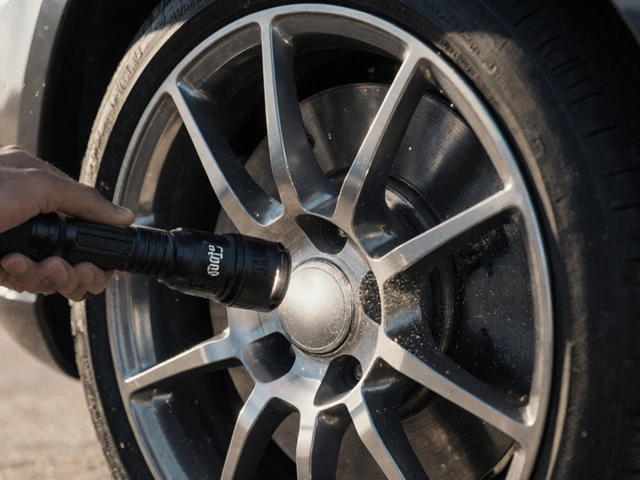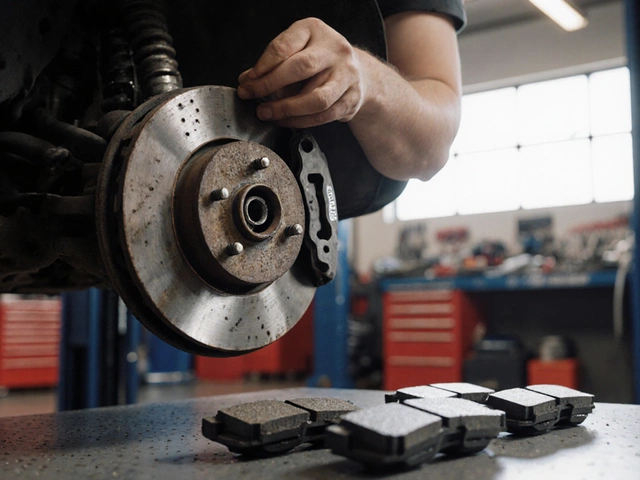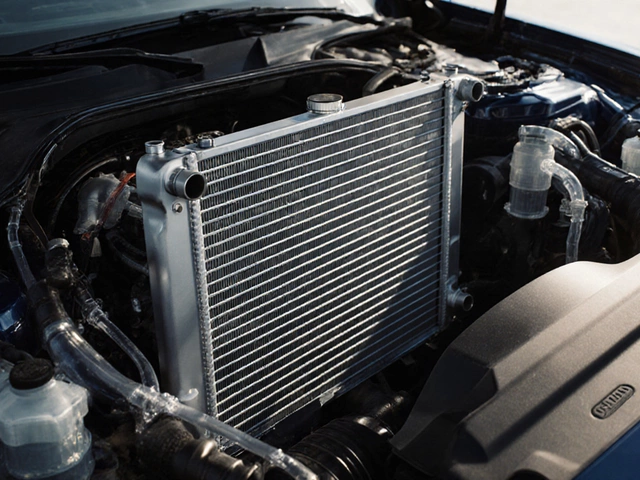
Suspension Check: Signs of Trouble and What to Do Next
When you hear a clunk over a speed bump or feel your car sway too much in turns, it’s not just noise—it’s a suspension check, a critical inspection of your vehicle’s shock absorbers, springs, and control arms that keep your tires on the road. Also known as suspension diagnosis, it’s not something you can ignore if you want to stop safely, steer accurately, and avoid expensive tire damage. Your suspension isn’t just about comfort. It’s the system that connects your wheels to the rest of the car, absorbing bumps and keeping control during sudden stops or turns. If it’s worn out, your brakes won’t work right, your tires will wear unevenly, and you might lose control on wet roads.
Most people don’t think about suspension until something breaks—but the signs show up long before that. A worn shock, a common failure point in older vehicles, causes your car to bounce too much after hitting a bump. You’ll notice it when your front end dives hard when braking, or when the rear squats during acceleration. Then there’s the noise—suspension noise, like clunks, squeaks, or rattles from the corners of your car. These aren’t just annoying. They mean bushings are cracked, ball joints are loose, or struts are leaking fluid. Ignoring them leads to faster tire wear, poor handling, and even steering problems. And if you’ve ever felt your car pull to one side or heard a grinding sound when turning, that’s often tied to a failing control arm or tie rod.
There’s no magic number for when suspension parts fail. Some last 80,000 miles; others go bad at 40,000 if you drive on rough roads or carry heavy loads. A quick bounce test—press down on each corner of your car and let go—can tell you a lot. If it keeps bouncing more than once or twice, your shocks are done. Look for oil leaks around the shocks. Check for uneven tire wear, especially cupping or scalloping. And don’t forget to inspect the rubber bushings—they crack with age and heat, even if the metal parts look fine.
What you’ll find below isn’t just theory. These are real stories from drivers who ignored the signs—and the ones who caught them early. You’ll see how broken suspension sounds, what happens when you drive with bad shocks, and how to tell if it’s time for a repair or a full replacement. No fluff. No guesswork. Just what you need to know before your next trip—or before your next repair bill.
-
28 Apr






